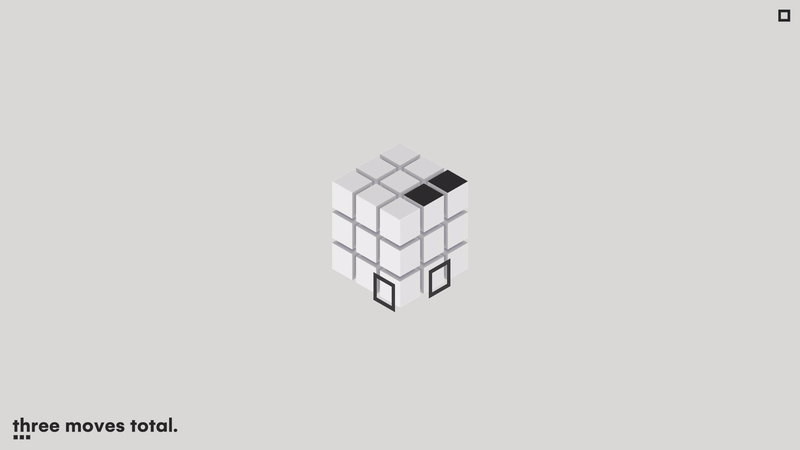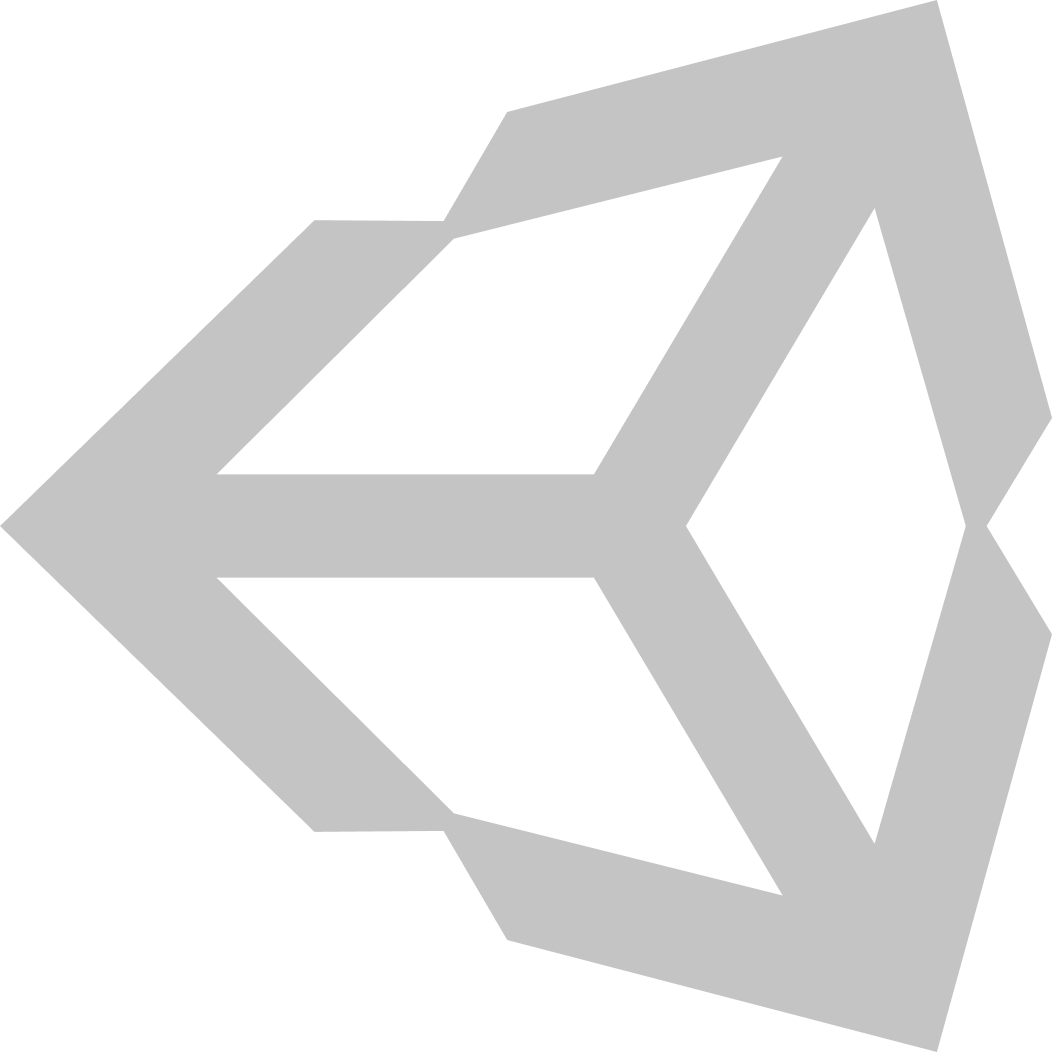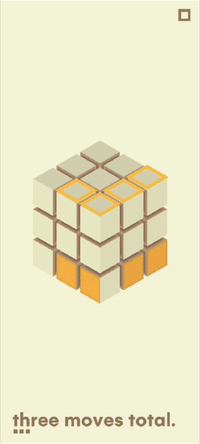
neat. is an elegant mobile puzzle game based on the physical mechanism of the Rubik’s cube and its dynamics, investigating players’ ability to solve spatial puzzles to make them feel smart and confident.
6 people
Unity
Singleplayer
Android/iOS
ROLE AND TASKS
Throughout the development of the game, I had the opportunity to touch various aspects of the game, such as UI and Core Mechanics, but my main focus has been on the puzzle design.
Designed and implemented over 70 puzzles
Collaborated with programmers to develop custom tools to speed up the development process
Designed, developed, and iterated the progression of the game and its learning curve
Designed, developed, and iterated on the onboarding section of the game
Gathered playtesting data from the target audience and iterated following the results
Collaborated closely with the art department to ensure the coherence of all the components
Yet to be released
The guidelines took shape into a series of principles that drove the development of the whole game and worked as anchor points in times of uncertainty and iteration.
Creating solid guidelines allowed me to move confidently throughout the process, with clear boundaries of what was possible and what wasn't, keeping the attention on the process and the final player experience the team aimed at delivering.
PUZZLE DESIGN PRICIPLES
RIDDLE
Every puzzle the players encounter should feel like a good riddle. The solution to it can be as challenging as the designer wants it, but once the players finally find it, it needs to feel natural and close, like the answers to a good riddle.
TRUST
Every puzzle should always feel manageable for the players, and they should always believe the answer is reachable using the skill they have developed till that point in time.
INTENTIONALITY
Every part of a puzzle should be there for a reason, placed by a designer to deliver the intended experience to the players. Irrelevant components create noise in the players’ minds, clustering the view of the answer and frustrating them.
STORYTELLING
Every puzzle should be more than content. The existence of a puzzle should tell something about the game and its dynamics, investigating players’ knowledge with new and fresh approaches to the mechanics.
The design principles were still very high concept and when approaching the practice of puzzle design were still not enough to properly help me and the team to create appropriate challenges for the game.
The work has been to create more practical puzzle design guidelines that would start from the principles we drafted but whose only focus was the practice of creating the puzzles.
This approach allowed me and everyone who happened to put their hands into the puzzles to have clear indications about the work, improving the consistency of the challenges and focusing the effort on the final objective of our work, the player experience.
A MORE PRACTICAL APPROACH
With the objective of increasing the confidence of the players with the Rubik's cube over time, the game has been divided into chapters in which the puzzles focused on a core dynamic players had to understand and incorporate into their toolset.
Crafting the puzzles has been a process of truly understanding the nature of the game, creating, evaluating, and throwing away thousands of individual challenges in constant research for the best possible way to convey our player experience.
The process evolved over time, alongside the confidence in the game's dynamics, mechanical components, and design challenges, and allowed the team to also develop tools to support a faster iteration of the puzzles and fully focus on our objectives.
ART AND CRAFT
The puzzle design tools evolved over time to fit the direction the project was taking and be better suited to confront the design challenges the team was going through.
The process went hand in hand with the development of the game, iterating on the tool as a critical part of the process, and treating it with the same importance as the game itself.
The constant dialogue with the programming side of the team allowed the tool to evolve consistently and fit the necessity of the puzzles, without losing progress on the previous work and allowing us to maintain an active archive of material we could always access.
The final version of the tool allows me to create and test puzzles within seconds, fitting perfectly within the strong iterative mindset of the process and allowing me to give my undivided attention to the player experience.
HAMMER TIME
The development of the game has been a constant discovery and understanding of the true nature of the game, and the team always found itself adapting to the new discoveries.
The puzzle design process has always been an evolution trying to convey the player experience to the people, while they kept crushing our hopes and dreams under the weight of my own maturing knowledge about the game's true nature.
Understanding the approach people had to the puzzles or discovering that the perceived difficulty of our challenges was exponential when combining dynamics have been game changers for the design process, allowing me to understand what was truly needed to effectively convey what we wanted, developing not only functional challenges but crafting a learning experience that finally managed to break the barrier between the Rubik's cube and the players.
LEARNING CURVE
The game was originally a completely different experience. The first prototype was born during a game development course, where a crazy idea flourished into a pretty bad action tower-defence game set on a Rubik's cube, where players had to rotate the faces of the cube to place the turrets in the right location to repel the enemies attack.
The game had a lot of issues, but the team decided to keep developing it as we all saw something special in it. Iteration after iteration, playtest after playtest we got to truly understand the core of the game, completely overhauling the player experience.
This evolution allowed us to truly dig into what creates a game experience and how to manage them to craft elegant systems that can engage the players with few exponential mechanics.
LOST IN THE HISTORY BOOKS
The design process of this game has been going on for a very extensive period of time, and not all of the projects might have this, but it gave me the opportunity to truly learn and comprehend what design means for me, which I believe is one of the necessary understanding of every Level Designer.
The work on the game made me internalize the importance of the iterative process and the necessity to keep the cycle moving, as it is the only way to move forward and create wonderful experiences for the players to truly enjoy.
Collaborating with the team has been one of the true highlights of the whole process. Understanding the necessities of each department and collaborating together to enhance the design of the game made me really comprehend what it means to work as part of a team, the difficulties that come with it, and how sticking together allows the project to overcome every obstacle and always get to the finish line.













